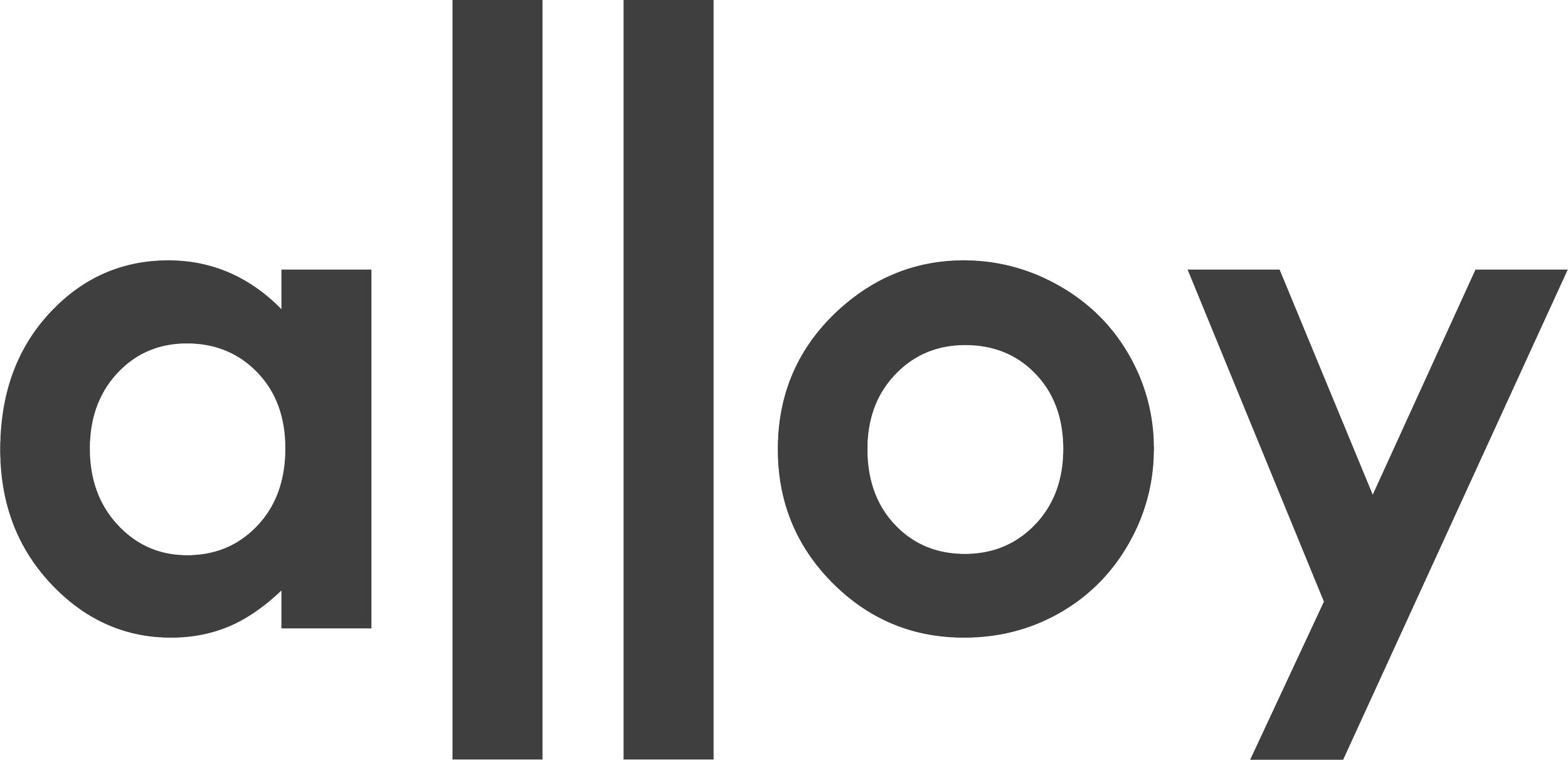Have a great product start-up idea?
1. Research your competitors
Thoroughly researching competitors is crucial before launching a product. It helps identify market gaps, informs product design and marketing strategies, and highlights competitors' strengths and weaknesses. This knowledge informs unique selling propositions, competitive pricing, and targeted marketing messages. Effective competitor research improves the chances of marketplace success and positions products for long-term growth.
2. Research your target audience
Before you launch your product, you need to know who your target audience is and what they want. Conduct market research to gather information on your potential customers, their needs, and preferences. This information will help you tailor your product to meet their needs and ensure that you are marketing it to the right people.
3. Validating your product idea
Validate your product idea before launching avoids wasting time, effort, and money. Without validation, you risk investing in a product that doesn't meet the target market's needs or desires. We can help you validate your idea early with some simple product visuals that can be used in market research, surveys, focus groups, or crowdfunding campaigns to ensure there is a demand and it solves a problem.
4. Selecting the right product design agency
Choosing the right product/industrial design agency is crucial for launching a new product idea. They bring valuable expertise, experience, and resources to the table, helping to understand your vision and goals. A good agency can help you validate your idea, refine your product positioning, design a product to meet your target retail price, and help ensure it is manufactured to exact specifications, saving you time and money. Partnering with the right product design agency can significantly impact product success.
5. Plan your funding
One of the biggest challenges of bringing a new product to market is accurately estimating the cost of design, development, prototyping, manufacturing, and marketing. Entrepreneurs often underestimate the true cost of these stages, which can lead to significant financial challenges down the line. The cost can range from £20,000 to £150,000 or more, depending on the complexity and size of the product, as well as the marketing and manufacturing strategies used. Some of the most popular funding options for new product ideas are: bootstrapping, crowdfunding, angel investors, venture capital, government grants.
6. Develop a marketing plan
Once you know who your target audience is, you need to develop a marketing plan to reach them. This should include a mix of online and offline marketing strategies, such as social media, email marketing, advertising, Pay-per-click marketing, and events. If you’re crowdfunding, you’ll also need to consider pre-campaign marketing. We can help create realistic CGI product visuals and videos before the manufacturing stage, so you can start your marketing early. Check out one of our latest start-up campaign videos!
7. Define your pricing strategy
Determine how much you will charge for your product and why. This should be based on factors such as production costs, shipping and fulfilment costs, competition, and perceived value. It is a good idea to validate your pricing strategy along with your product idea early on, before any significant investment
8. Establish distribution channels
Decide how you will get your product into the hands of customers. Will you sell directly to consumers through your website or partner with retailers to sell in-store? Consider factors such as cost, convenience, and customer reach when making this decision. We can help you create a compelling website.
9. Create a strong brand
Your brand is more than just a logo and a name. It encompasses your values, personality, and messaging. Develop a strong brand that resonates with your target audience and sets your product apart from competitors. Don’t invest in this stage until you’ve proven and validated your product idea and pricing.
10. Plan for scalability
You may start off small with a single product at launch, but if it is successful, you will need to plan for growth. Consider how you will scale production, distribution, and marketing as your product gains popularity. What will be your next product? Planning a product road map is the best way to stay ahead of the competition, and by planning in future variants or adaptations to the first product at the start, you could save a lot of time and money developing your product portfolio.























